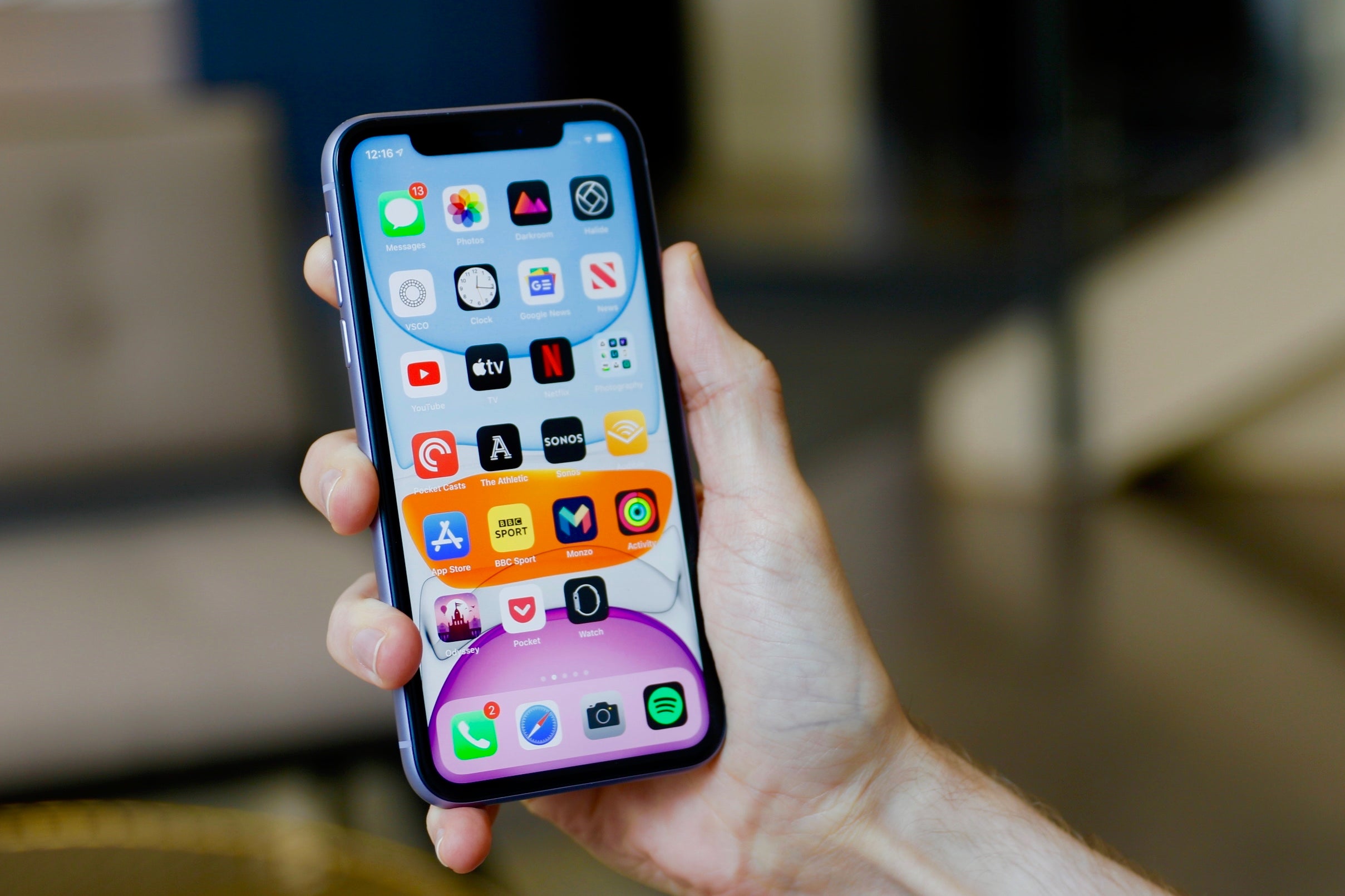iOS eleven introduces a show placing that inverts a few; however, not all of the hues to your device. IOS has long had to o switching colors to your tool; however, now it has a better insert alternative that leaves images, movies, and different factors by myself. It’s the closest aspect to a dark mode on your iPhone or iPad. Head to Settings > General > Accessibility > Display Accommodations > Invert Colors and toggle on Smart Invert. (You’ll word that the old invert option is now categorized as Classic Invert.)
With Smart Invert enabled, you’ll immediately see that the Settings app’s heritage turns black. Still, the toggle transfer background color remains inexperienced in riding crimson. Find it irresistible with Classic Invert. The app icons also continue to be unchanged. Open the Photos app, and you’ll see a comparable effect — the background is black; however, the snapshots are left alone so that they do not appear to be picture negatives. Also, Smart Invert is sensible enough to maintain its arms off an app with a darkish heritage, which includes the Clock app. Meanwhile, your tool’s wallpaper doesn’t get inverted on your home display screen, but the dock at the lowest dose and the white text at the top turns black.
What the apps above have is not unusual. Yep, they are all from Apple. Smart Invert is less smart with third-birthday celebration apps. Instagram and YouTube, for example, are rendered useless with Smart Invert because the colors for snapshots and videos on every app are inverted and appear loopy. The same is true for news apps, including Huffington Post, The New York Times, and Newser; however, Apple’s News app looks quality with Smart Invert. Like the Clock app, Spotify has a black historical past, but because Apple does not make it, its heritage turns white, and album artwork reveals insane, inverted colors with Smart Invert.

Perhaps Smart Invert will get smarter while the last version of iOS 11 is rolled out in q4; however, it’s first-rate and used sparingly for now. You aren’t probably going to drill down into the Settings app to allow it to be used with a selected app; handiest to head back to Settings to turn it off again. Thankfully, you could set an Accessibility shortcut for Smart Invert, a good way to let you triple-click the Home button to toggle it on and stale. To set up the shortcut, visit Settings > General > Accessibility, scroll all of the manners to the lowest to Accessibility Shortcut, and choose Smart Invert Colors. That’s the neatest way to use Smart Invert for my money.
Imagine you’re stuck in a sanatorium bed after having a surgical operation. You cannot even be near the window blinds without a nurse’s help. You experience powerlessness. But what if you got what you wanted simply using pronouncing it? You may want to open the blinds instantly, find out greater about your health practitioner’s understanding or flip up the room temperature. And you may overlook approximately inquiring for a blanket to take off the chill or getting info on traveling hours while anyone’s busy dealing with extra-pressing matters. Sounds first-rate, right? All you’d want is one among trendy virtual voice assistants that continuously concentrate on a request, ship your question to the internet, and either answer your query or entire an undertaking.
Unfortunately, you can’t do this properly now with the modern-day crop of smart assistants — like Apple’s Siri, Amazon’s Alexa, and Google’s Assistant — because they can’t fulfill hospitals’ privacy and protection necessities. Yet consistent with Bret Greenstein, VP of IBM’s Watson Internet of Things platform, some clinical personnel can spend almost 10 percent of their time with patients answering lunch, doctor credentials, and touring hours. If a smart speaker can answer those questions, medical doctors and nurses should spend more time on the affected person’s care.
It’s why Thomas Jefferson University Hospitals in Philadelphia determined to paint with audio giant Harman and IBM’s Watson artificial intelligence era. Together, they advanced a clever audio system, a good way to reply to about a dozen commands. When a patient says “Watson,” the speakers can, for instance, play calming sounds and adjust the room’s lighting, thermostat, and blinds. “This is a way for patients to get some easy consolation measures addressed just using speak,” says Dr. Andrew Miller, the companion leader medical officer of the Philadelphia sanatorium organization. “How extraordinary is that?” For the clinic, it is simply the start.
Watson, activate the lighting fixtures.
Like Amazon’s famous Echo speaker, Harman’s JBL clock radio packs smarts that reply to command phrases it hears spoken. Jefferson Hospital experimented with Amazon’s popular Echo speaker, but the medical institution couldn’t concurrently control more than one audio system from one management machine. Moreover, the Echo could not access the health facility’s secure Wi-Fi network and didn’t have the right “competencies” or abilities for a scientific environment.
READ ALSO :
- How to get iOS eleven – download the public beta nowadays
- Your Guide on How to Choose the Best Email Marketing Software
- Twitch iOS App Gains Live Streaming Feature, Dark ModeHere’s How iOSeleven’ss Do Not Disturb While Driving Feature Works
- Beauty Salon Decorations to Make a Lasting Impression on Clients




